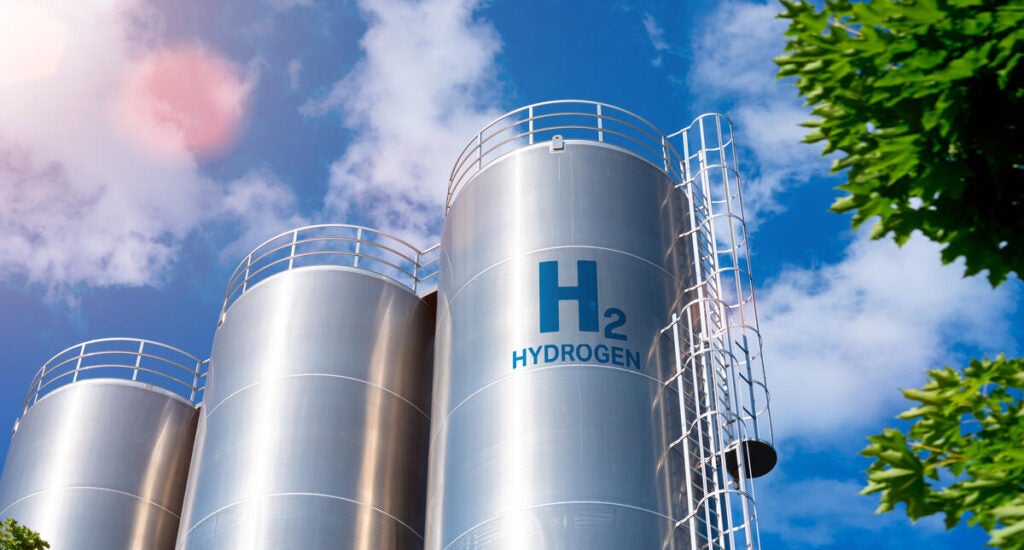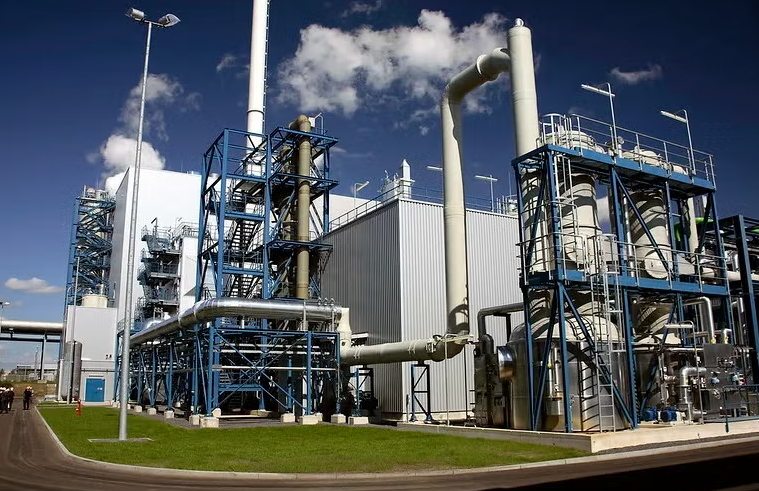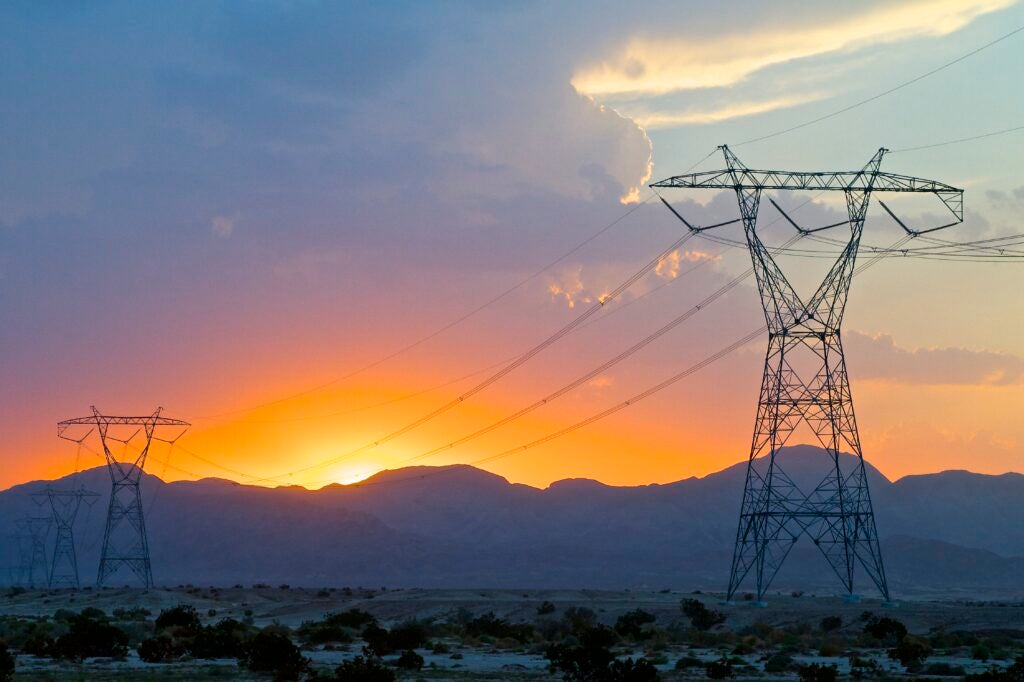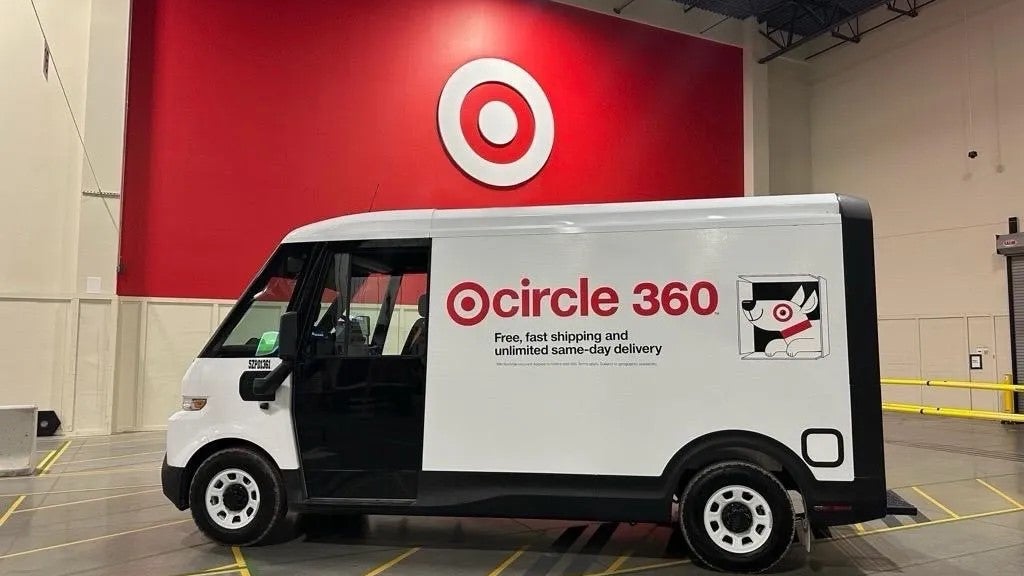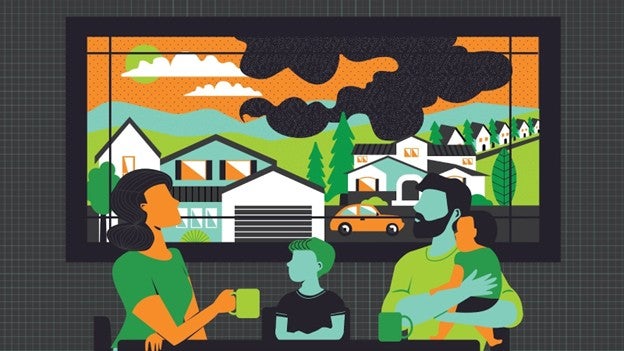- DOE’s opaque changes to emissions model risk U.S. competitiveness and global credibility.
- EDF finds that the changes could let fossil hydrogen projects claim methane emissions rates up to nine times lower than real-world measurements, cutting reported carbon intensity nearly in half and steering billions in credits toward hydrogen that wouldn’t meet U.S. or EU standards.
Energy Exchange
Flawed hydrogen tax credit implementation could undermine billions in U.S. projects
Posted in General Comments are closed
Will Texas carbon storage primacy spark a world-class permitting and enforcement program, or will it merely check the boxes? Only time will tell – and the world is watching
- With EPA granting Texas primacy over Class VI wells, the state now controls permitting and oversight of underground carbon storage — and must prove it can enforce strong, science-based standards that protect people, water and climate.
- To build global credibility and public trust, the Railroad Commission should strengthen monitoring, seismic risk management, enforcement capacity and community engagement — ensuring Texas’ carbon storage program is transparent, accountable and safe from the start.
Posted in General Comments are closed
How to build transmission with communities, not around them
By Adam Kurland, Attorney, Federal Energy, Environmental Defense Fund and Nicole Pavia, Director, Clean Energy Infrastructure, Clean Air Task Force
- Early, genuine engagement turns potential opposition into partnership — accelerating transmission projects and delivering shared benefits.
- The most successful developers align projects with local priorities, from co-ownership models to infrastructure upgrades, creating lasting trust and progress.
Posted in General Comments are closed
October 2025: Electric trucks, buses round-up
- Target and DHL Express announced the incorporation of electric vans into their last mile delivery operations in October.
- Hermann Services is celebrating 100 years in business with 15 new electric trucks that are a spin-off of their previous pilot program.
Posted in General Comments are closed
Strategies to decarbonize aviation must protect communities and climate
- EDF’s new peer-reviewed perspective highlights how efforts to cut greenhouse gases from planes must also reduce harmful pollutants that disproportionately affect nearby and disadvantaged communities.
- Lowering the aromatic and sulfur content of jet fuel can cut particle pollution, improve public health, and reduce contrail formation — making skies cleaner and aviation more sustainable.
Posted in General Comments are closed
10 years later: What we have (and haven’t) learned from the devastating Aliso Canyon methane leak
Posted in General Comments are closed










